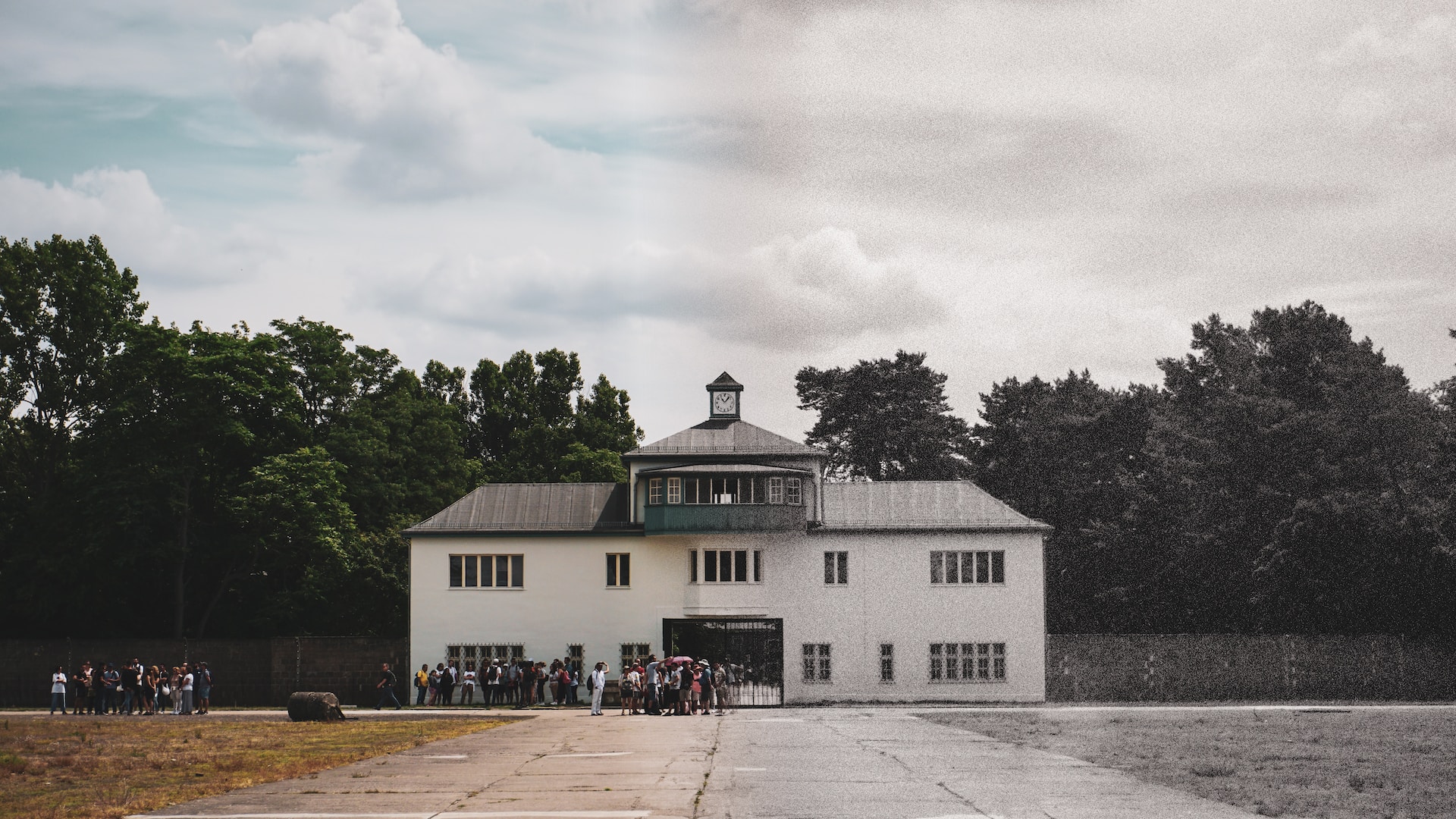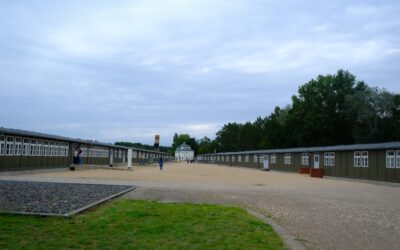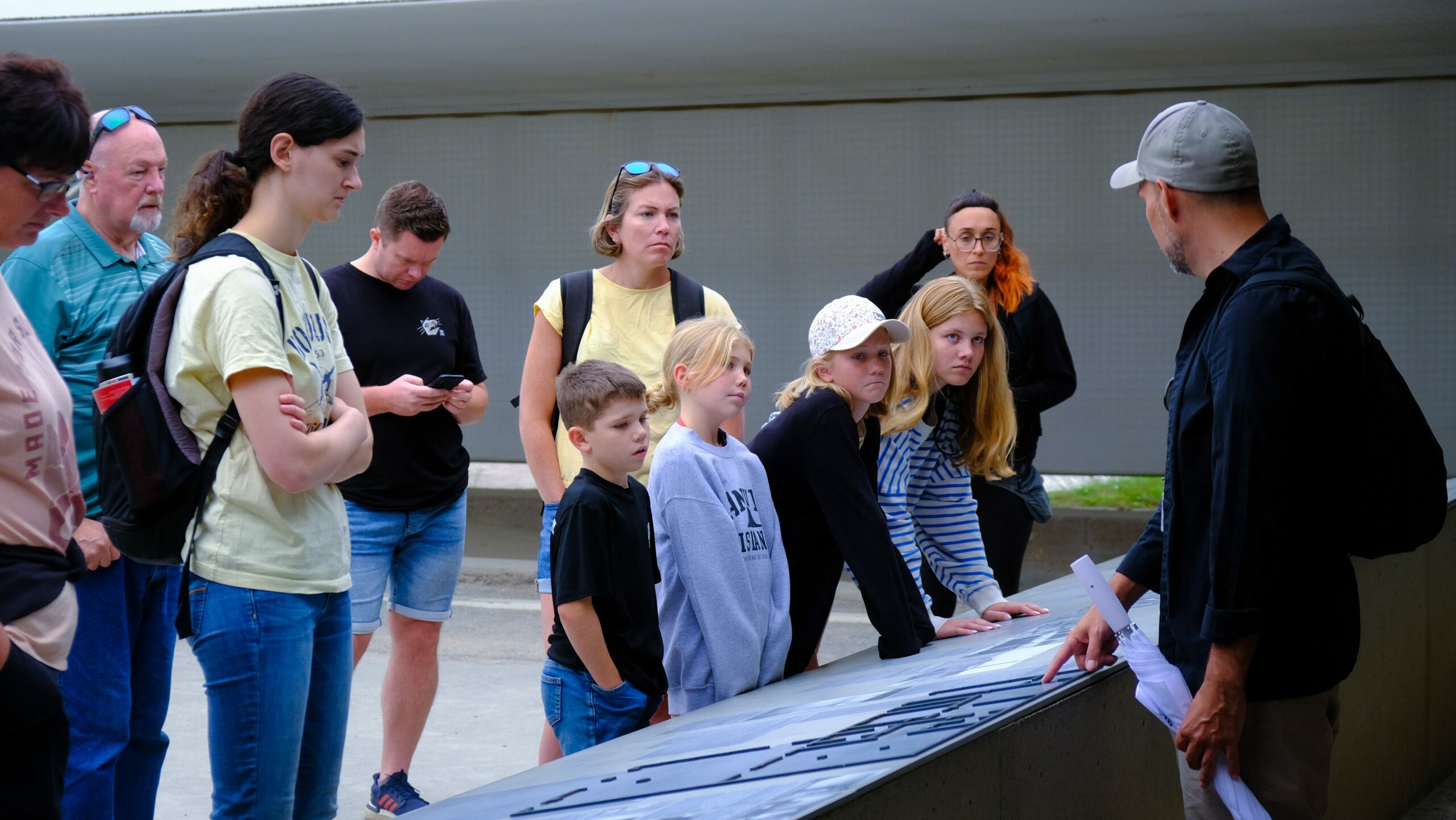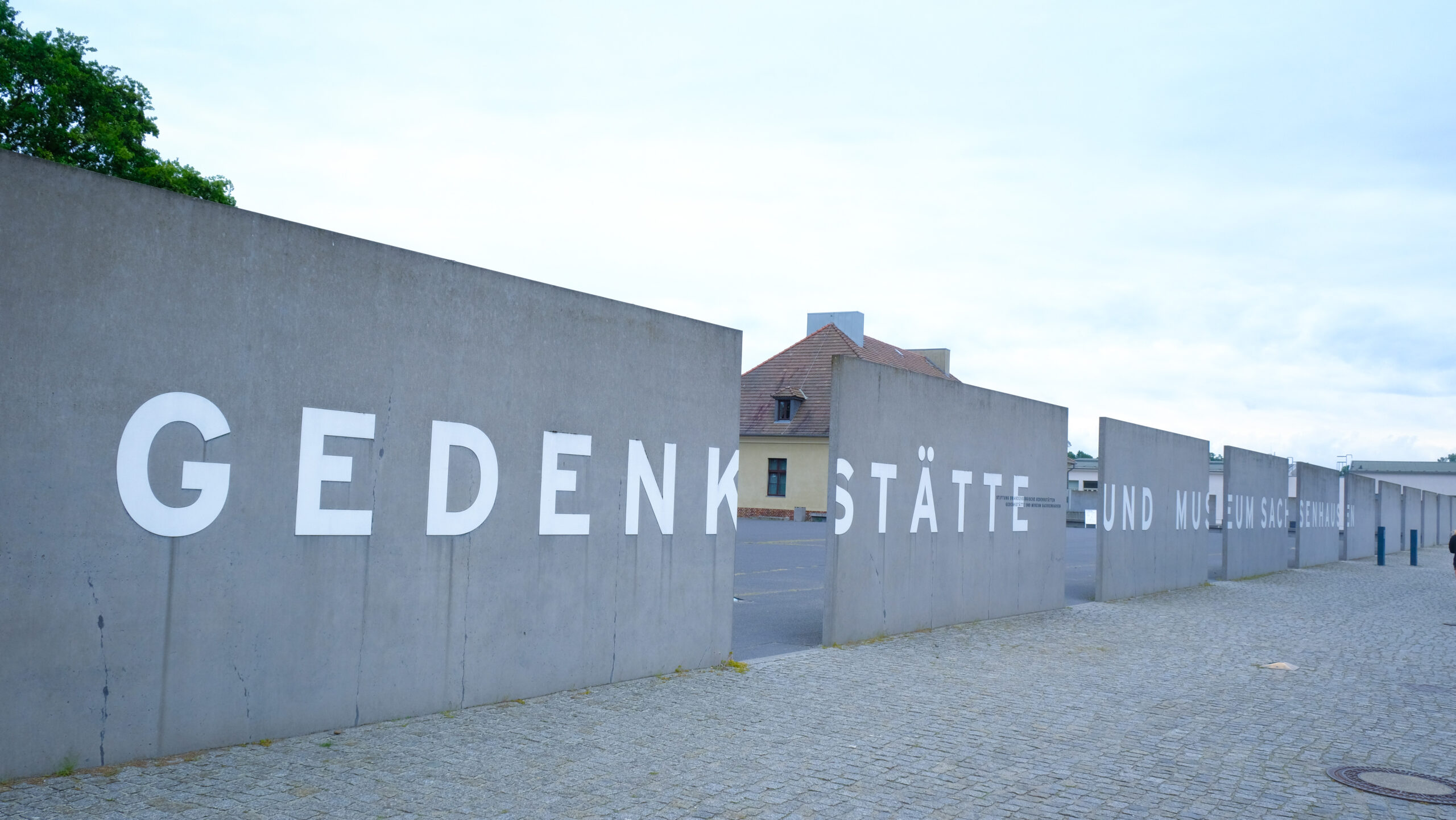When exploring the history of World War II and the atrocities committed during that time, it is important to understand the proximity of concentration camps to major cities. In this article, we will be examining the closest concentration camp to Berlin, the capital city of Germany during the war.
The Sachsenhausen Concentration Camp
Sachsenhausen Concentration Camp was the major concentration camp nearest to Germany’s capital, halfway between Berlin and the town of Oranienburg, around 35km to the North. Originally founded in 1936 for political prisoners, it became one of the largest and the worst camps in the entire Third Reich.
History and Significance
Sachsenhausen was also a working camp together with some administrative function for many other camps and that probably made it a model for rest of the concentration camp structure. It was for all kinds of prisoners; political prisoner, religious ones like Jehovah’s Witness, homosexuals and other socially and racially rejected by Nazi’s.
Again the Nazis selected this camp geographically to be close to Berlin for easy and quick transfer of prisoners and other amenities and equipment. It also helped enforce Nazi practices, and generate coordination of promotional campaign events and trips to the display operational aspects of the camp.
Environment and cruelties of circumstances to inhabit.
Living conditions in Sachsenhausen were very notorious. Life in captivity involved parole camps’ overcrowding, scarcity of both food and water, and work hardship. Most of the prisoners, women and men, boys and girls, were experimented on medically, tortured, and killed.
In the camp there was a ‘stationary chamber’; a gas chamber used in the gassing of prisoners. It also had a crematorium, the bodies of the dead were burned here in accordance with the demands of that time. About 30.000 people died at the Sachsenhausen concentration camp, or in other sub-camps of the concentration camp, from the effects of starvation, from illnesses, from torture, or were killed.
Visiting Sachsenhausen Today
Sachsenhausen was used as a memorial after it was taken over by Soviet troops in April 1945. Nowadays it serves as a museum where people can get the information on the Holloxcast and to commemorate the victims.
The site now features a looped video of the camp, walk through replicas of the barracks and guard towers. The museum located on the territory of the camp offers the visitors to see the old tools and pictures that were taken in the camp and important information about this tragedy and of people who suffered in concentration camps.
In case you decide to visit Sachsenhausen, it is advisable to have ample time to tour this compound to the later part of the day. There are free guided tours to help one appreciate the touristic and historical value of this camp.
Remembering the Victims
Like with any other site connected with tragedies, one should be prepared for the kind of emotions that visiting the memorial evokes – disgust, sadness, empathic tears. Remember that Sachsenhausen means millions of innocent people who suffered and died during this terrible period of human history.
History has it that, learning about the holocaust and physically visiting these concentration camps help us not to forget the victims and is a reminder or the trade price of hatred, discrimination and the risk of allowing such incidence to happen.
Conclusion
Sachsenhausen Concentration Camp was the nearest and one of the largest concentration camp to the German capital Berlin. Situated near Berlin the transportation of prisoners and supplies was done more efficiently than in other camps. Nowadays, Sachsenhausen is a memorial to the Holocaust and, thus, people can get the information on this horrific period of human’s history and commemorate victims.




